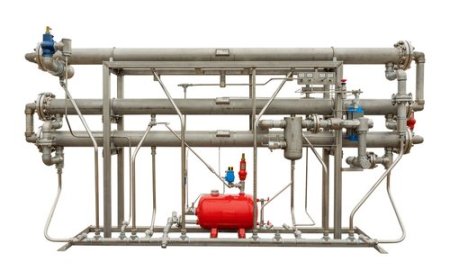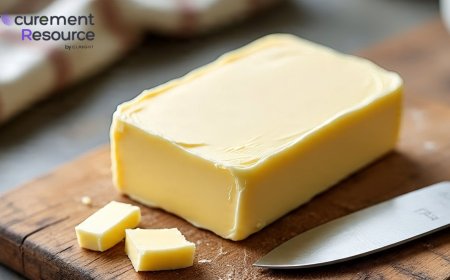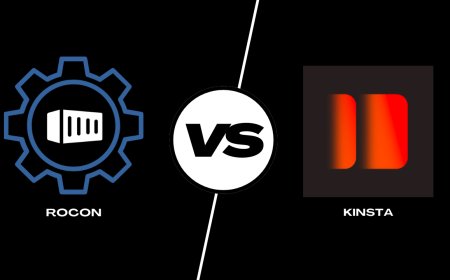Troubleshooting Common Issues with Conveyor Belts in Wine Production
Conveyor belts are vital components of modern wine production, ensuring smooth transitions between key stages such as grape sorting, crushing, fermentation, bottling, and packaging.

Conveyor belts are vital components of modern wine production, ensuring smooth transitions between key stages such as grape sorting, crushing, fermentation, bottling, and packaging. However, due to continuous use, fluctuating temperatures, and exposure to grape residues and cleaning agents, conveyor systems often encounter performance issues. Addressing these problems promptly and maintaining a regular inspection routine can help wineries reduce downtime, maintain hygiene, and preserve product quality. Lets dive into the most common conveyor belt challenges in wineries and how to solve them effectively.
Identifying Conveyor Belt Problems in Wine Production
Conveyor systems in wineries operate under conditions that make them susceptible to a variety of mechanical and operational issues. These issues can develop slowly or emerge unexpectedly due to environmental factors, improper maintenance, or material build-up.
Misalignment of Conveyor Belts
One of the earliest signs of a developing problem is belt misalignment. This occurs when the belt strays from its intended track, potentially rubbing against frames, guides, or other machine components. Misalignment can lead to uneven wear, fraying edges, or belt slippage, all of which can disrupt workflow and require costly repairs. Misalignment is often caused by uneven loading, worn tracking components, or structural shifts in the conveyor frame.
Slippage During Operation
Another frequent issue in wine production facilities is belt slippage. This is particularly common in the grape-receiving and pressing areas, where juice, water, and debris increase moisture on both the belt and pulleys. Slippage reduces conveying efficiency, leads to product loss, and can place additional stress on drive motors. Common causes include inadequate belt tension, worn pulleys, or contamination between the belt and rollers.
Effective Solutions for Conveyor Belt Issues
Realigning Misaligned Conveyor Belts
To address misalignment, start by verifying that the conveyor structure is square and level. Inspect the rollers and pulleys to ensure they are properly aligned and free from wear. Adjustments can be made by repositioning the tensioning bolts or fine-tuning the tracking idlers. Installing automatic belt trackers can also provide a long-term solution by continuously correcting any belt drift during operation.
Addressing Slippage with Proper Tensioning
Proper tensioning is critical to prevent slippage. Over-tightening can lead to excessive wear and energy consumption, while under-tightening allows the belt to slip on the drive pulley. Use manufacturer-specified tension values and tools to achieve optimal results. In cases where moisture cannot be avoided, consider using belts with non-slip surfaces or rough-top textures designed for wet environments.
Repairing or Replacing Damaged Belt Sections
Conveyor belts used in wine production are often exposed to sharp stems, abrasive grape skins, or corrosive cleaning chemicals, all of which can cause cracks, tears, or joint separations. Promptly inspecting and addressing small damages with patching kits can extend the belts service life. However, if wear is extensive or recurring, replacing the affected section or upgrading to a more durable, food-grade belt material may be necessary.
Implementing Industrial Cleaning Solutions
Residue from grapes, seeds, stems, and cleaning fluids can cause significant build-up on conveyor belts, reducing performance and raising hygiene concerns. Wineries should invest in cleaning protocols such as foam-based sanitizers, high-pressure washdowns, or clean-in-place (CIP) systems. Choosing belts with smooth or sealed surfaces can also make cleaning easier and more effective.
Proactive Maintenance to Avoid Downtime
A proactive maintenance strategy is essential to ensure consistent conveyor operation and reduce unexpected failures. Preventive care improves performance, extends component lifespan, and ensures compliance with food safety standards.
Daily Inspection Routines
Routine visual inspections can catch early signs of wear or malfunction. Workers should check for tracking issues, debris build-up, and signs of uneven wear or contamination. This allows small problems to be addressed before they escalate into larger, more costly repairs.
Lubrication and Cleaning Best Practices
Although conveyor belts themselves dont require lubrication, moving parts such as bearings, chains, and rollers must be lubricated regularly. Always use food-safe lubricants in wine production environments. Additionally, cleaning schedules should be strictly followed, especially during harvest or bottling seasons, when belt usage increases significantly.
Monitoring and Replacing Rollers
Rollers play a crucial role in maintaining belt alignment and reducing friction. Worn-out or jammed rollers can damage belts, misalign loads, or lead to inconsistent speed. Conduct periodic inspections of roller bearings and replace damaged or noisy rollers promptly. Keep spare rollers on hand to minimize downtime during replacement.
Seasonal Maintenance Tips for Wine Producers
Wine production is typically seasonal, with peak periods requiring equipment to function continuously for days or weeks. Before the harvest season, wineries should schedule comprehensive wine industry conveyor belt maintenance checks that include:
-
Inspecting the belt for signs of wear, cracking, or fatigue
-
Ensuring tensioning systems and tracking components are functioning correctly
-
Cleaning and sanitizing all conveyor surfaces
-
Testing emergency stops and safety systems
-
Replacing worn-out or outdated components
During off-peak months, conduct deeper maintenance and consider upgrades or system overhauls that will boost efficiency in the coming season.
Keeping Your Conveyor Belts Running Smoothly
Efficient wine production relies on the smooth operation of conveyor belts. From sorting grapes to moving packaged bottles, conveyor systems handle many critical tasks, and even minor failures can affect production timelines and product quality. By identifying problems like misalignment and slippage early, applying effective repair and maintenance techniques, and adopting a seasonal maintenance routine, wineries can ensure their conveyors run reliably year-round.
Embracing proactive maintenance not only minimizes costly downtime but also extends equipment life and improves workplace safety. With the right strategies, wine producers can keep their conveyor belts running as smoothly as the wine they help craft.












































